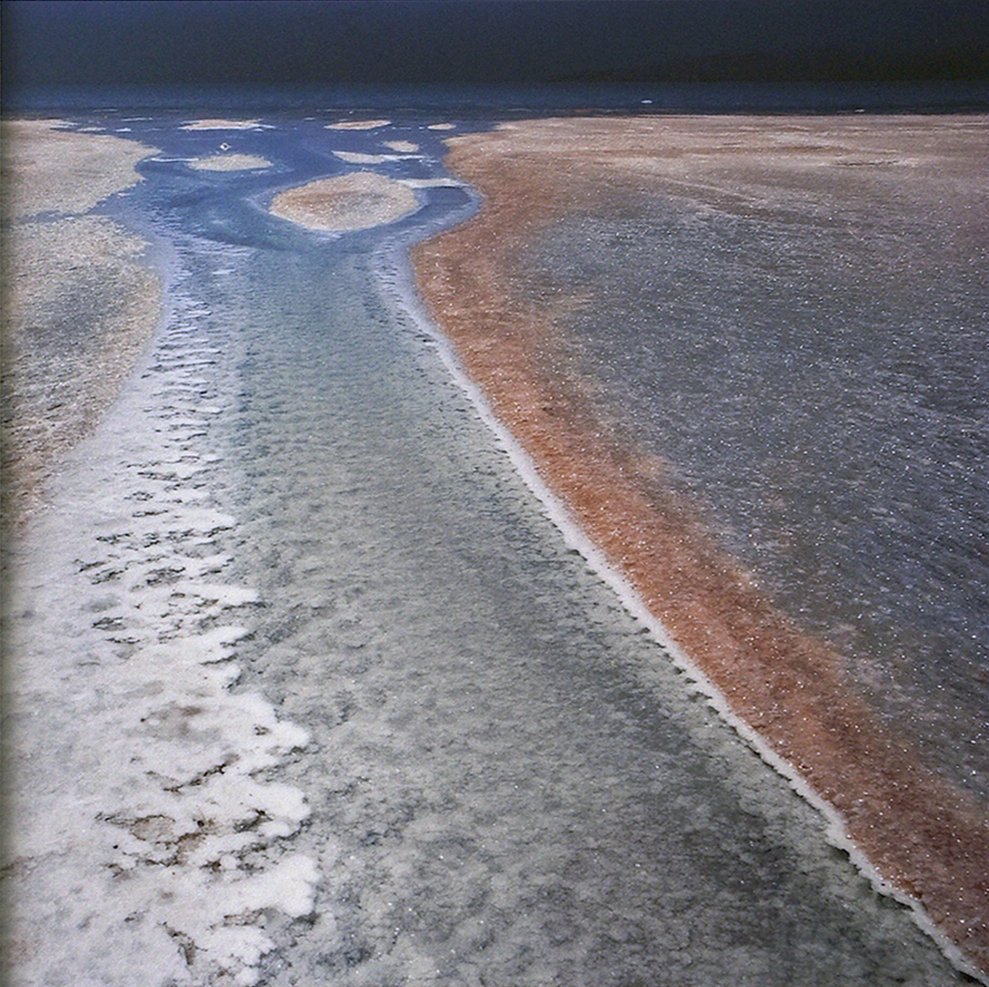MOHSEN
BAYRAMNEJAD
Mohsen is lecturer in Tabriz PNU University (2015-2022) and teaches photography in workshops. he was born in Tabriz, Iran, and began his career as photographer in early 2000’s. He had his first solo photography exhibition in 2004 (Tabriz, Iran) and participated in many group exhibitions, including “The Silver Eye” (Ipswich, England, 2008), “Photo for peace, photo for tolerance” (Centro Civico di Lignano Sabbiadoro, Italy, 2010), “The Iranian Pulse” (Oi Futuro Flamengo, Rio de Janeiro, Brazil, 2011) and “Landscape before the Eyes” (Silk Road Gallery, Tehran, Iran, 2020. His latest solo exhibition was “A Tragedy Narrated” which held in Doran Gallery, Tabriz, Iran in 2022.
He worked as a writer for numerous magazines and translated many photographic books, such as “Why Art Photography?” by Lucy Soutter, “Photography and Cinema” by David Campany, “Photolanguage: How Photos Reveal the Fascinating Stories of Our Lives and Relationships” by Robert Akeret and “On Looking at Photographs” by Bill Jay and David Hurn.
THE TRAGEDY OF URMIA LAKE series, Mohsen Bayramnejad 2015-2022
These pictures were photographed for the long-term project of documenting the drought of Urmia Lake in September of 2015 at Sharafkhane-Port of Lake Urmia. ‘I shot the film and stored it in a pocket of my bag, the bag fell in a salty mud pit. Days passed and my bag was washed in the washing machine unknowingly. I tried to forget these and that, and I did it for about 7 years. The film stayed there, in that pocket of the bag! Until recently, when the bag ripped apart, I re-found the messy thing and developed it eagerly to see the probable result. As I was there and experienced more of the situation, and the environmental subject is a long-term concern of mine, I cannot consider these found products just photographs’.
MORNING FLÂNEURING (Lomography)series, Mohsen Bayramnejad 2012-2013
My long-time Flâneurings rolled in the twilight of mornings, winter of 2012 to the end of winter 2013, for this series. Albeit the human in my photographs are small in scale (and there is an obvious distance between the photographer and them), they gave life to the city and reclusion of its morning.Documentary photography was the used medium, but in the end, making documental indexes and doing informational documentaries was not my intent. The term of 'Document' would accompany the photographs as an 'adjective' - quoting Clive Scott, I was a client of reality and not its dealer.















